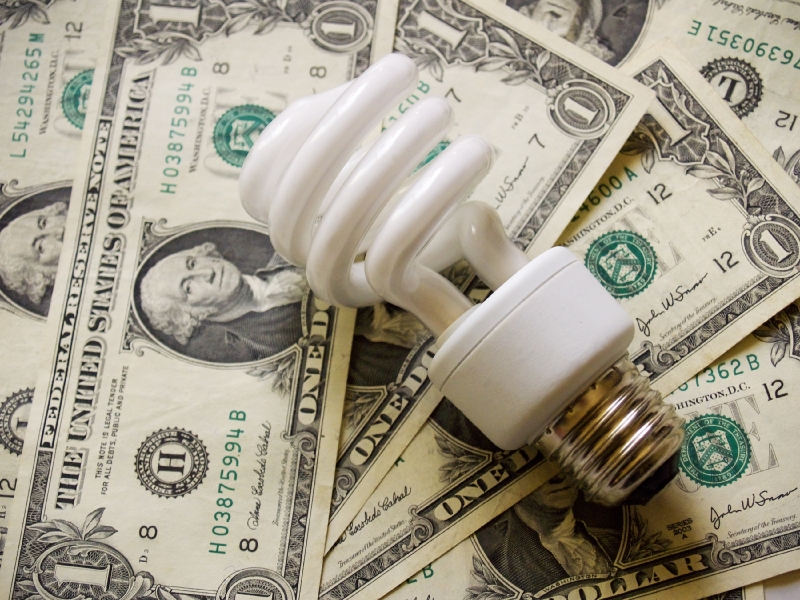Property Assessed Clean Energy, or PACE, has taken off like wildfire since the concept was first introduced in Berkeley, Calif. in October ’07. PACE allows private property owners to pay for energy efficiency and renewable energy projects through an addition to their property tax bill, overcoming the high upfront costs that prevent most property owners from investing in such retrofits.
PACE financing has the capacity to be transformative: property owners realize immediate savings on their utility bills with minimal money down; local green jobs are created through increased demand for retrofitting goods and services; and greenhouse gas (GHG) emissions are dramatically reduced. With America’s building stock responsible for approximately 40 percent of its demand for energy, these kinds of improvements have the potential to get us significantly closer to our GHG reduction targets. Recognizing the potential of this model, Scientific American magazine recently named PACE one of the top 20 ideas that can change the world.
States around the country are recognizing the potential of PACE. Over the past 18 months, 16 states have adopted legislative changes to allow municipalities to use property taxes as a vehicle for private property improvements of this kind. In California, PACE financing can even be used for water conservation improvements. While many states and municipalities are just beginning the process of designing their programs, several cities and counties around the country already offer PACE financing to their residents, or are well on their way.
The majority of municipalities participating in PACE are in California, which has laws in place to require GHG reductions. In addition to Berkeley, the City of Palm Desert and the County of Sonoma have launched programs. San Francisco will launch in early March. Those will be followed by over 200 more jurisdictions by this summer, including Los Angeles County, the City of San Diego, and 14 counties working together as part of the California Statewide Communities Development Authority program. Areas that have launched PACE financing have seen a high level of interest among property owners. In Sonoma County, over 1,000 applications have already been received.
The beauty of PACE is that it supports individuals who want to reduce their personal carbon footprint but might otherwise not have the resources to do so. By making reasonably-priced financing available to homeowners around the country, PACE is tapping into a pent-up demand for these services and quickly sparking increased demand for everything from tankless water heaters to insulation to solar panels and technicians who can install them.
President Obama’s proposed “Cash for Caulkers” [pdf] program further encourages local governments to adopt the PACE model. This initiative aspires to retrofit 100 million homes and generate a million new jobs while reducing U.S. GHG emissions by 5 percent over the next 20 years. These incentives are expected to greatly increase the demand for energy retrofits and PACE financing.
Cash for Caulkers would allow eligible homeowners to reduce the cost of energy efficiency retrofits by up to 50 percent; used in concert with PACE financing (where available), that means a homeowner could make energy efficiency improvements with virtually no out-of-pocket costs, pay half-price for those improvements, and pay off the remainder through a 20-year assessment on their property tax bill — while saving money on their utility bills.
PACE is one example of how well-designed public-private partnerships can stimulate economic growth by supporting individual efforts to change energy consumption patterns. As America races to address climate change, all signs point to its tremendous expansion.



